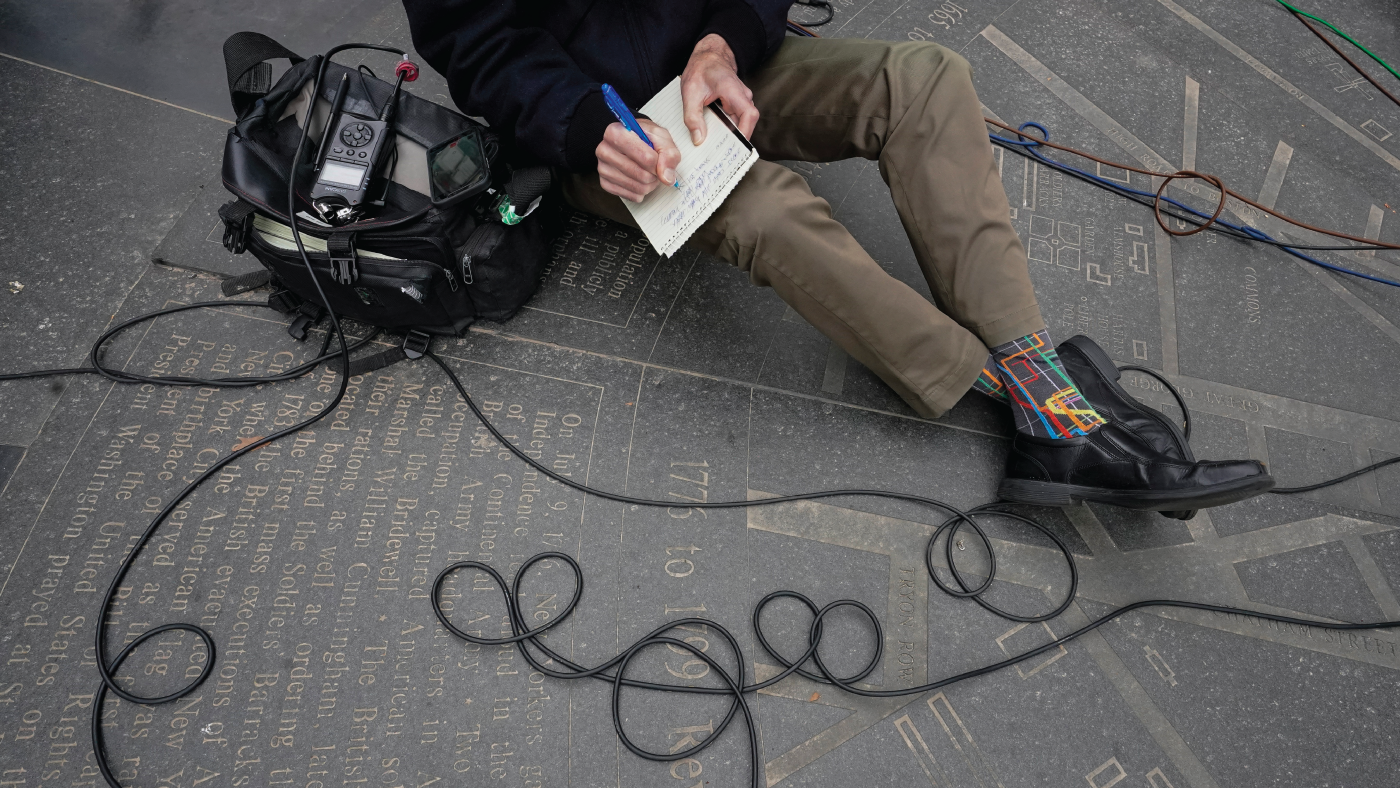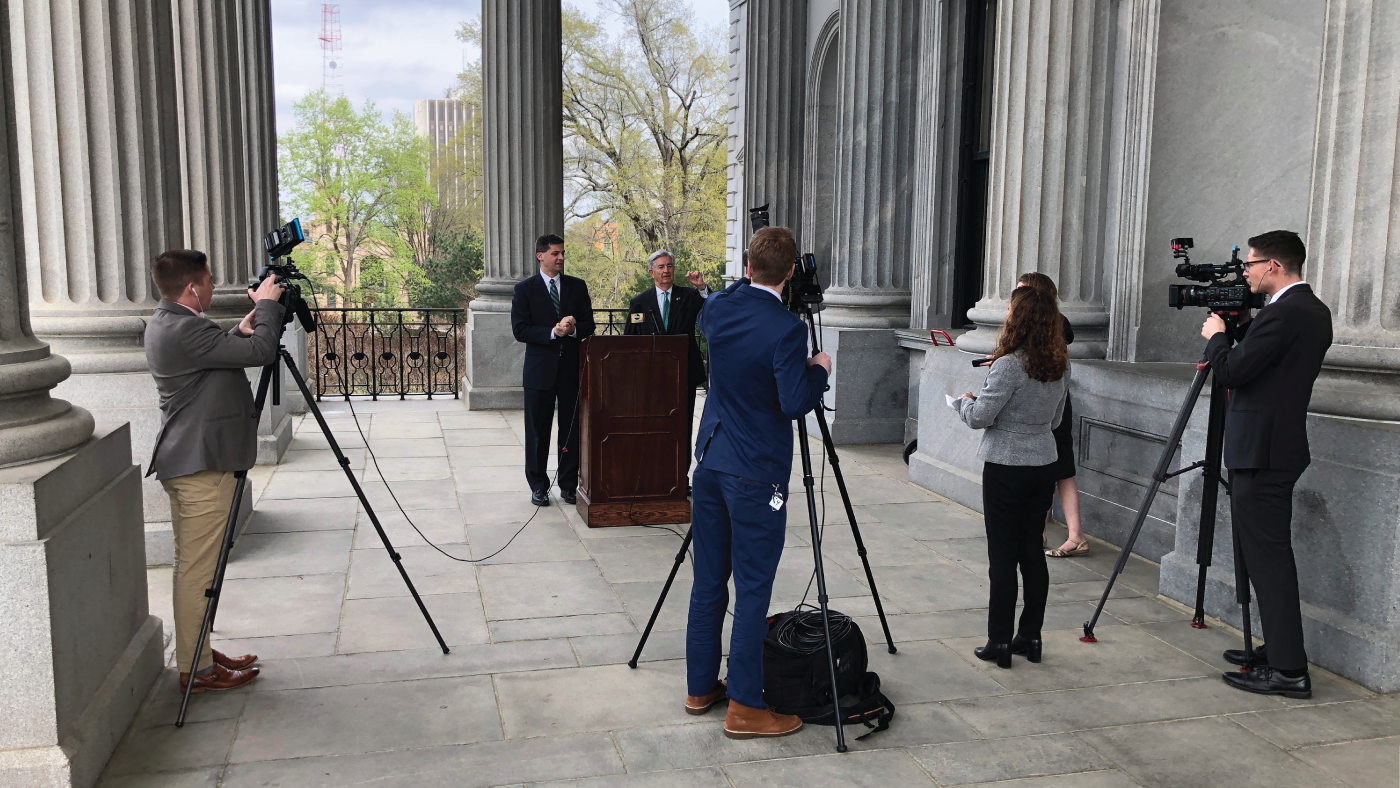
5 facts about political tweets shared by U.S. adults
Here are five facts about political content on Twitter, such as the content and nature of these posts.
Here are five facts about political content on Twitter, such as the content and nature of these posts.
The social media sites that journalists use most frequently for their jobs differ from those that the public turns to for news.
Roughly one-quarter of American adults use Twitter. And when they share their views on the site, quite often they are doing so about politics and political issues.
Increasing representation in science is seen as important for attracting more Hispanic people to science.
Nearly 12,000 U.S.-based journalists in a pair of open-ended questions were asked to write down the one thing the news industry does the best job of these days and what it does worst.
A survey of U.S.-based journalists finds 77% would choose their career all over again, though 57% are highly concerned about future restrictions on press freedom.
Most of our research on the U.S. news environment has been from the viewpoint of the public, but this time we surveyed journalists themselves.
61% of U.S. adults say they have heard at least a fair amount about the phrase “cancel culture,” up from 44% in September 2020.
Local newspapers have been hit particularly hard by the transition to digital news consumption in recent years, with many forced to shutter their doors permanently.
In Missouri, 51% of all reporters covering the state capitol this year – 26 of 51 – are students.
A survey of U.S.-based journalists finds 77% would choose their career all over again, though 57% are highly concerned about future restrictions on press freedom.
Digital news has become an important part of Americans’ news media diets, with social media playing a crucial role in news consumption.
In recent years, several new options have emerged in the social media universe, many of which explicitly present themselves as alternatives to more established social media platforms.
The total number of journalists assigned to state capitol buildings is up 11% since 2014, though figures vary widely by state.












